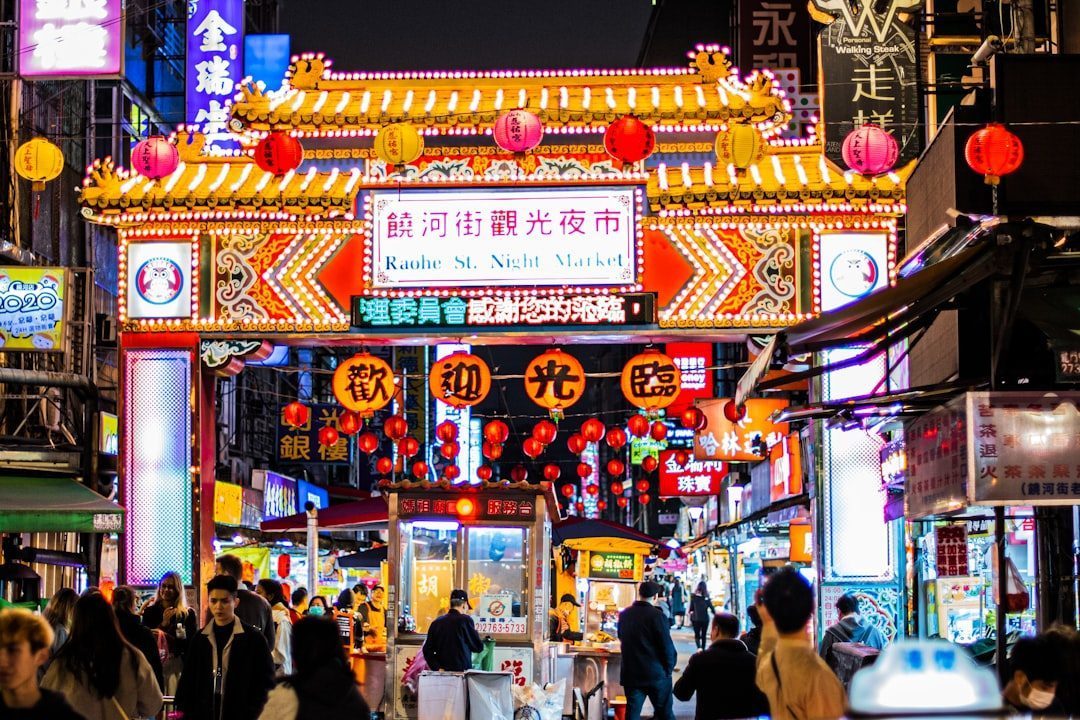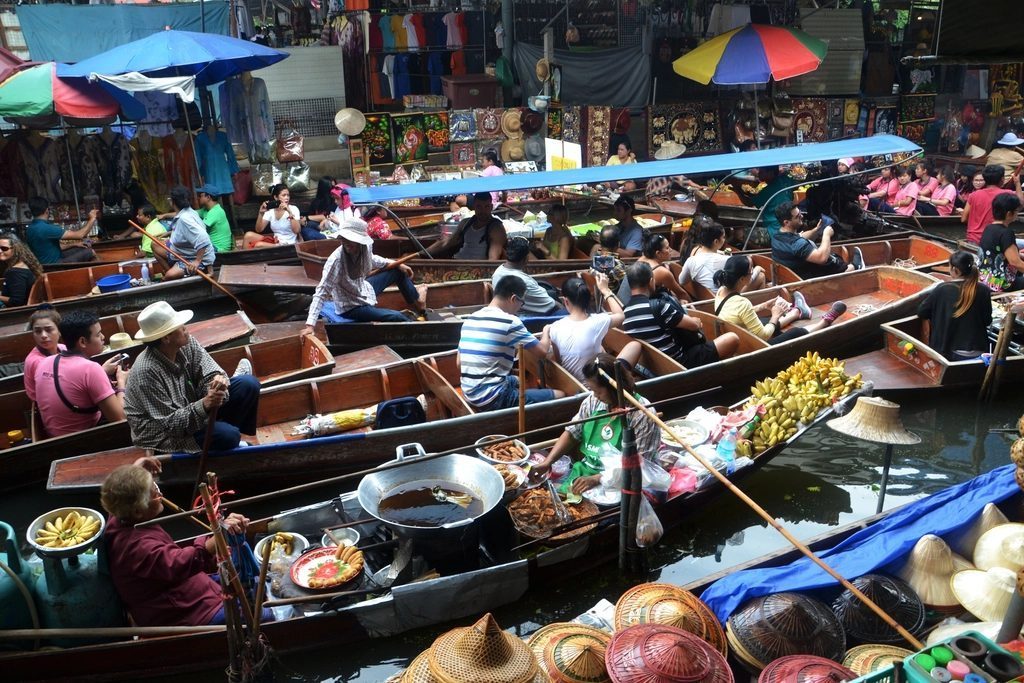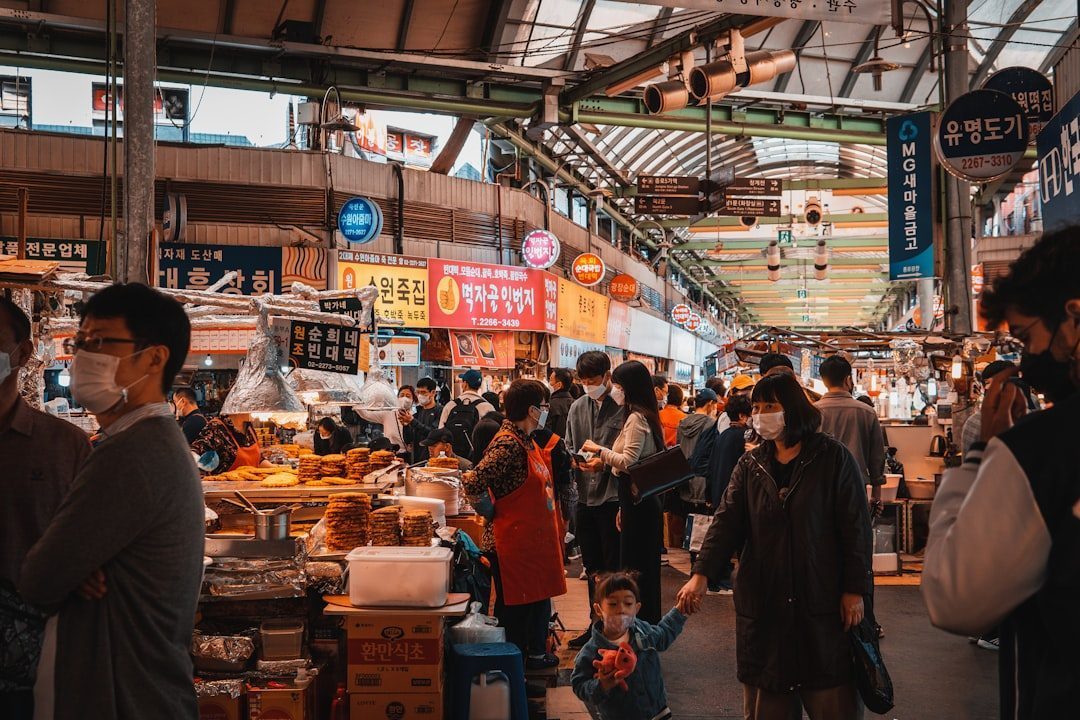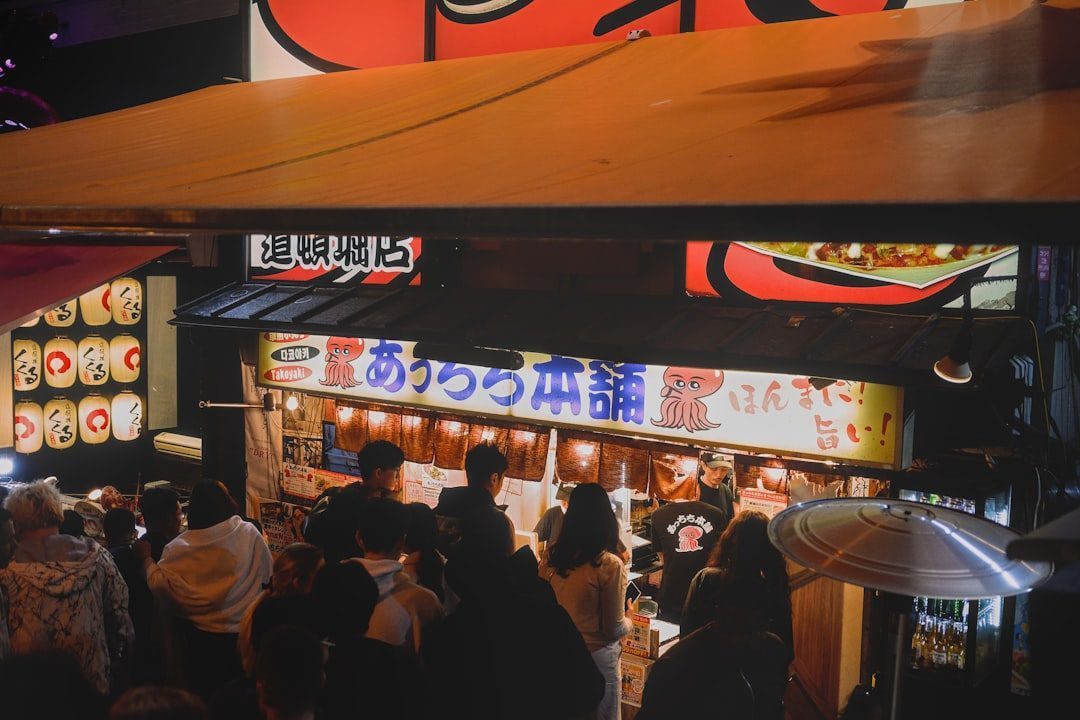5 Countries Where Street Food Is Safer Than Restaurants, Data Shows
The relationship between street food and restaurants has taken an unexpected twist. While conventional wisdom suggests that established restaurants offer better food safety standards, recent research reveals a fascinating paradox. Street vendors in several nations now demonstrate superior safety practices compared to their brick-and-mortar counterparts, challenging decades of culinary assumptions.
Singapore: The Gold Standard of Street Food Regulation

Singapore stands out as a remarkable example where street food has achieved safety levels that often surpass traditional restaurants. Recent data indicates that foodborne outbreaks often result from poor food safety practices by food workers, with licensed food businesses now required to ensure all workers receive proper training. The city-state’s hawker centers operate under rigorous oversight from the Singapore Food Agency.
Under the Safety Assurance for Food Establishments (SAFE) framework, food establishments are assessed by their track record over a number of years. This systematic approach means that street vendors face continuous monitoring while restaurants often operate with less frequent inspections.
Singapore’s commitment to food safety extends beyond basic regulations. In cases of recalls initiated by industry due to food safety concerns, the industry is required to inform the Singapore Food Agency within 24 hours, and all licensable businesses must design and implement a Food Control Plan.
Taiwan: Night Markets Leading the Safety Revolution

Taiwan’s famous night markets have evolved into models of food safety excellence that frequently outperform traditional restaurant settings. Research shows that satisfaction with sanitation was higher in Taiwan than in Korea, with satisfaction scores on all items except ‘taste’ being significantly higher in Taiwan than in Korea.
The island nation has implemented comprehensive food safety standards that extend throughout its street food network. Taiwan has food safety standards, making its food relatively safe to eat, unlike most of Southeast Asia. This regulatory framework creates a controlled environment where street vendors must maintain standards that rival or exceed those of conventional restaurants.
Taiwan’s success stems from its systematic approach to vendor training and infrastructure development. Several night markets are designated as special tourist zones with street food stalls set up day and night, featuring not only local foods but also foreign advanced foods adjusted to meet Taiwanese taste.
Thailand: Street Vendors Embrace Modern Safety Standards

Thailand’s street food scene has undergone a dramatic transformation in food safety practices, often exceeding restaurant standards. Street food in Asia has played a favorite role in the tourism industry across countries such as Thailand, with international tourists’ significant food expenditure contributing substantially to total tourism revenue.
Recent regulatory changes have elevated street food safety to new heights. Thailand’s Ministry of Industry issued announcements mandating two standards for food packaging, including requirements for plastic bags made from virgin or tertiary recycled materials with safety symbols indicating that food contact is safe. These stringent packaging requirements often surpass those applied to traditional restaurants.
The emphasis on tourist safety has driven street vendors to adopt practices that frequently exceed restaurant standards. Thai street food quality positively and significantly predicted international tourists’ perceived reasonable prices, involvement, and repurchase decisions, indicating that safety measures directly impact consumer confidence.
South Korea: Mobile Food Culture Sets New Standards

South Korea’s street food industry has embraced technology and systematic training programs that often surpass restaurant safety measures. Analysis of food safety incidents in South Korea over recent decades helped determine the type of hazard and at what link a breakdown in food safety is likely to occur, leading to targeted improvements in street food operations.
Korean street food vendors have implemented comprehensive quality control systems. Street food quality and service had statistical significance with a regression coefficient of 1.106, and emotional response had statistical significance with a regression coefficient of 0.323, demonstrating measurable quality improvements.
The country’s approach to street food regulation emphasizes prevention over reaction. The five dimensions of street food’s service quality – food quality, employee service, physical environment, price, and rapidity of service – had positive impacts on utilitarian and hedonic values, with food quality showing stronger influence among the low-risk perception group.
Japan: Traditional Yatai Culture Modernized for Safety

Japan’s traditional mobile food stalls, known as yatai, have evolved into highly regulated operations that frequently demonstrate superior safety standards compared to conventional restaurants. Examples of street food attractions include mobile food stalls (yatai) in Japan, which operate under strict governmental oversight.
The Japanese approach combines traditional food culture with modern safety protocols. Street food prepared in food trucks is evolving street food culture by providing fresh, clean, and delicious food with entertainment. This evolution has resulted in safety standards that often exceed those found in traditional restaurant settings.
Japan’s regulatory framework ensures that street food vendors maintain consistent quality standards. Food safety incidents occur frequently worldwide, including food poisoning incidents in Japan, which led to enhanced oversight of all food service operations, with street vendors receiving particularly close attention.
These five countries demonstrate that street food safety isn’t just about regulation but about creating comprehensive systems that often surpass traditional restaurant standards. The combination of frequent inspections, modern technology, and vendor training has revolutionized street food safety in ways that many restaurants haven’t yet adopted. What do you think about this shift in food safety dynamics? Tell us in the comments.






